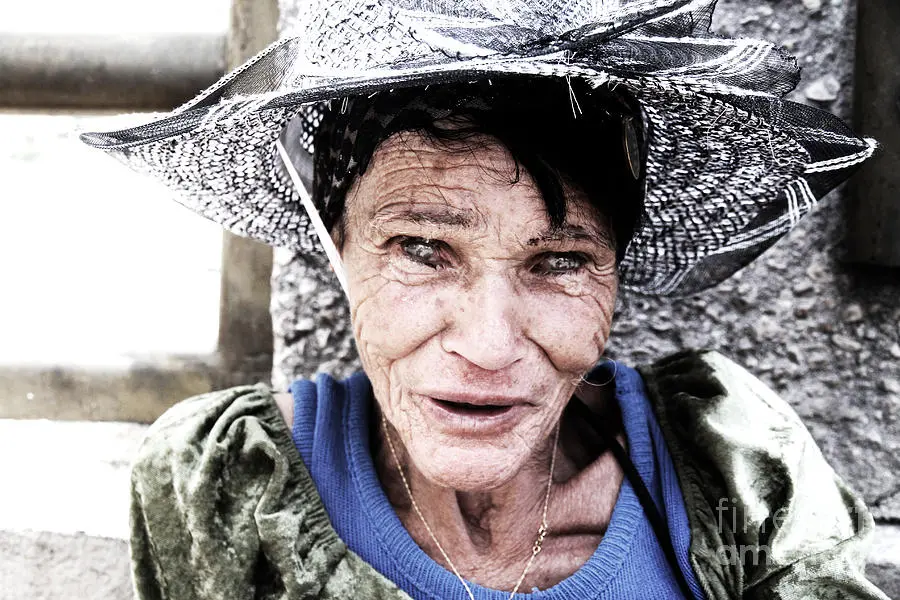Over the last decade, Brazil’s street population has surged nearly tenfold, as revealed in the latest study by the Institute of Applied Economic Research (Ipea).
Back in 2013, the count of street dwellers stood at 21,934. Fast forward to 2023, and it has alarmingly risen to 227,087.
This data comes from the Unified Registry (CadÚnico), reflecting figures up to August 2023.
The Ipea report sheds light on the primary reasons behind this surge. Key factors include family conflicts and lack of employment.
Participants in the study were able to choose multiple causes, leading to a cumulative percentage over 100%.

The top reasons are:
– Family and partner issues at 47.3%;
– Unemployment at 40.5%;
– Alcoholism and drug use at 30.4%;
– Housing loss at 26.1%;
– Exposure to threats and violence at 4.8%;
– Workplace distance at 4.2%;
– Health treatment needs at 3.1%;
– Personal choice at 2.9%;
– Other various reasons at 11.2%.
Furthermore, the study uncovers a racial aspect, with 68% of the street population identifying as Black.
White individuals make up 31.3%, while Asians and Indigenous people constitute 0.5% and 0.2%, respectively.
Regarding the length of homelessness, 33.7% have been living on the streets for up to six months.
A smaller, yet significant 11.7% have been without a home for more than a decade.
In response, President Luiz Inácio Lula da Silva’s government is taking action. On December 11, they are launching the “Visible Streets Plan.”
This comprehensive program, involving a R$ 982 ($200) million investment, aims to support the street-living community in various ways.

